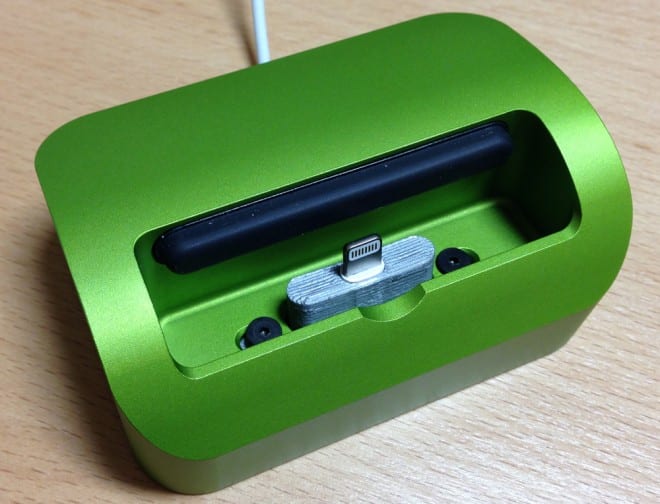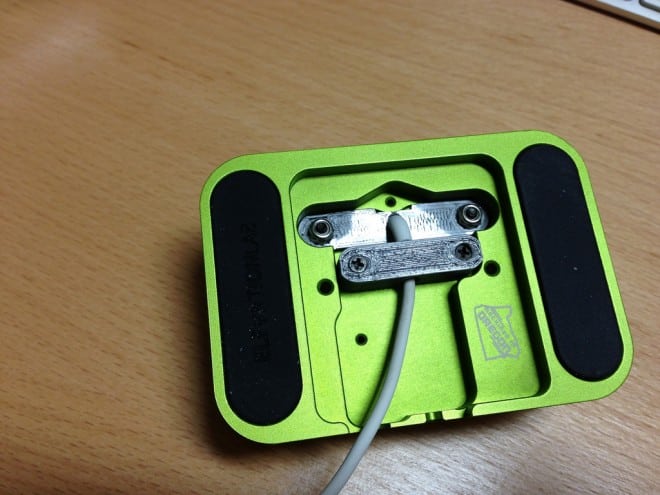Though Kickstarter projects are great, many of them run late on deadlines. Same was the fate of Elevation Dock, a unique-looking dock for the iPhone, which was released just ahead of iPhone 5 and thus became incompatible with the new Lightning connector. However, the world of 3D printing was quick to come to its rescue.
Being released a few days ahead of iPhone 5, the users were essentially able to make use of the actual Elevation dock only for a few days. Anyone who bought iPhone 5 could no longer use it since the dock was not compatible with the new Lightning connector that shipped in iPhone 5.
When the problem caught the eye of a London-based software engineer Mike Hellers, he decided to try and tweak the dock to make it work. To that end, he fired up a 3D modeling program and printed a few updated adapter designs until he was able to create the one that was compatible with the new iPhone.
The new design, when incorporated into the dock, made it compatible with the new device. Hellers was quick to post the design to Thingiverse, so that others users who received the obsolete Elevation Dock could make use of it.
Thousands of users flocked to the design and used it to replicate the new adapter for their docks. When the founder of Metafilter, Matt Haughey saw the design on Thingiverse, he tweaked it further so that it could hold the charging cable while allowing the adapter to be easily pushed out.
What is very significant in this whole episode is that it gives a hint to the future of hardware products. We may soon witness an age where people have their very own 3D printers at home which can receive instructions from respective companies to ‘print’ their devices right there. This shows how fast 3D printing is redefining the hardware industry.
Thanks to: Wired
[ttjad keyword=”iphone”]



